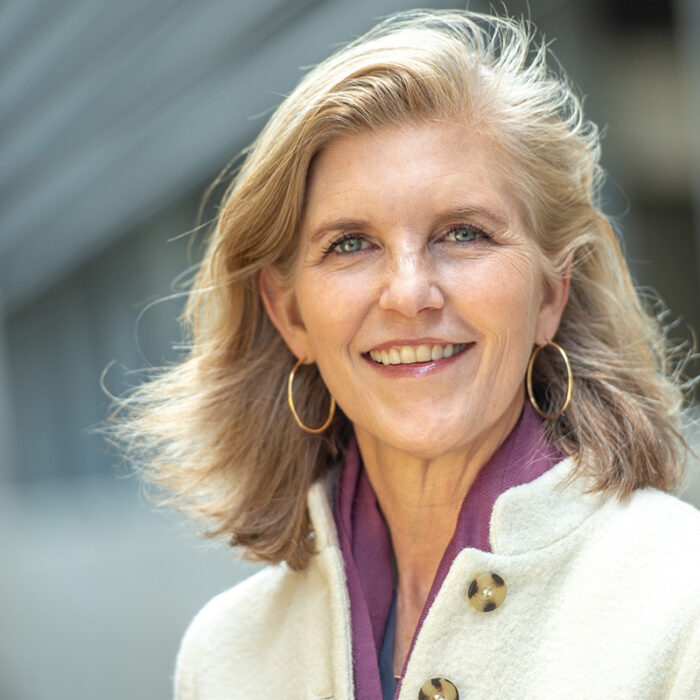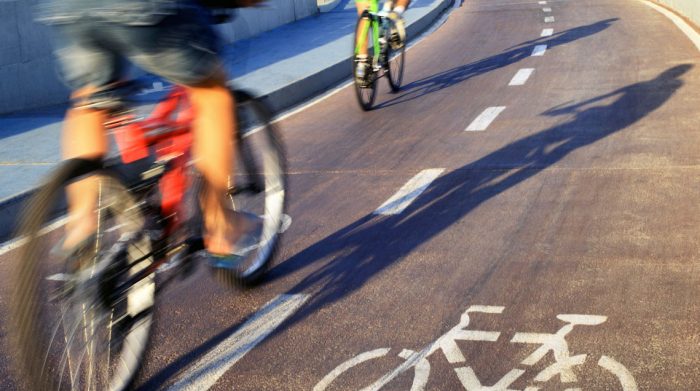Climate report author talks extreme heat, urgent action, and science rap

If you dug into the Fifth National Climate Assessment that dropped this month, you probably noticed the focus on our Southeastern region as it experiences a changing climate. The report was a call for urgent action, but also a reminder of great hope for the future if we commit to thinking big and acting now.
At SELC, Climate Initiative Leader Alys Campaigne got the chance to sit down with researcher Jeremy Hoffman, who co-authored the chapter highlighting our region, to talk about the report and climate impacts he sees playing out now.
Here’s how seven years living in Richmond, Virginia, have shaped Hoffman’s view on what must happen to protect people and places from hotter temperatures and worsening weather. Plus, in the spirit of overlapping science with humanities, he gave SELC the scoop on where to find some cool climate-related art.
The interview has been edited for length and clarity.
Alys: You are the lead author of the Southeast chapter of the report, and this is a place where you’ve lived and worked for years. How have you seen climate impacts play out firsthand? What stands out the most?

Jeremy: It really comes down to the hotter, wetter climate that we live in today versus the past.
The clearest impact we can trace in Richmond is by far the increasing number of warm or tropical nights in which the temperature doesn’t go below 68 degrees Fahrenheit. That number has been increasing over the last several decades. It’s a clear indication of shifting toward an overall warmer climate in the already warm, hot, and humid Southeast.
I know many people will say that heat is part of the culture in the Southeast. Maybe so, but I’ve seen up close just how much longer our heat extremes tend to last than in the past. I live in a part of my city that experiences the urban heat island effect, where shade-less, tree-less, green space-less landscapes in our cities amplify heat waves. You have climate change making heat waves more intense and frequent, and then you have the urban heat island effect pushing it to higher extreme temperatures just from the way our city’s designed.
We are also seeing extreme precipitation events leading to really dramatic and consequential flooding. This has led to loss of farming and agricultural yield, property damage, and loss of human lives.
I’m really interested in the work you do that explores the need to communicate differently about our climate in order to spur action. How does this report speak to that?
In our chapter, we tried as much as we could to eliminate or limit the use of scientific jargon when referring to climate science and its impacts on people. We are also releasing a companion podcast for folks who would prefer to listen to it.

Virginia‘s Poet Laureate Luisa A. Igloria wrote a poem about our chapter that got us thinking about how we both enjoy when science and the humanities overlap, and how that opens up the conclusions of science to a broader audience. And we co-created an anthology of poetry with another poet laureate from California, Aileen Cassinetto — called Dear Human at the Edge of Time — to highlight findings in the assessment.
Similarly, we used art to illustrate our ideas on the report’s web pages. And in early 2024, the whole entire report will be published in Spanish for the first time.
The new assessment hones in on the inequities that are exacerbated under climate conditions. Can you talk about how this looks in the Southeast?
What we do in the Southeast chapter is try to identify and illustrate present day inequalities and inequities, and then juxtapose them with the present and future threats of climate change.
I think throughout the chapter, we’ve done a very careful job of identifying and highlighting how poorer communities and communities of color are disproportionately experiencing inequities in the present.
Jeremy Hoffman
The risks of climate change are so deeply intertwined with the systems and structures that have benefited a few at the expense of many across our region. For example, we take a look at urban and suburban sprawl growth in relation to very highly sensitive pockets of biodiversity in our region. And we relate the struggle for affordable housing in cities with growth on the urban periphery, which has transformed almost two million football fields worth of southeastern forests to developed land since 1985, which in turn contributes to displacement of rural communities.
The report is certainly a call to action, but it also lifts up some concrete examples of policies and action. How is this report influencing climate solutions?
What I think is really great about the national climate assessment at this atmospheric level — no pun intended — is that it is meant to be a policy relevant, but not policy prescriptive text. It lays out a variety of strategies that communities across the Southeast have been employing to prepare their communities for the present risks and future impacts of climate change. It’s important that local communities take these examples, compare with their own needs, and fine tune to figure out what will work best for their own unique situation.

Some possible solutions that really shine through to me are related to the different kinds of urban design principles that can be used to create a more healthy and equitable community.
We’ve also provided a specific example of how the Gullah Geechee people in the Gullah Geechee Heritage Corridor, which is situated between the Carolinas and northeastern Florida, actually interface directly with FEMA to update their policies related to their property rights and how they might be able to access recovery funds following a disaster.
What are some signs of progress in the region that give you hope?
While there’s a wide range of levels of adaptation projects and investments going on across the Southeast, the region is acting on climate change. I think it’s really important for people to recognize that the more those projects become part of our community vision, the sooner we’ll see improvements to our physical and mental health, our environment, the natural spaces that we enjoy, and the economic opportunities that these different projects provide.
I have enjoyed reading about and learning from direct examples of climate action in the Southeast, and I hope that this chapter really provides a spark of inspiration for businesses, stakeholders, policymakers, and residents to further action in their own backyards.
Do you have any recommendations for climate-related books, art, or other media?

One of my favorite climate artists is Jill Pelto, who has a whole series of artwork in the Northeast chapter of the climate assessment. There’s also a series called Primers in Climate from Yale University Press that has great introductory narratives on climate science and its history.
If you’re into science rap, a rapper named Baba Brinkman put out an album several years ago that has some really relatable rap songs about climate change, the renewable energy transition, and things like that.
Lastly, Show Your Stripes is a really cool movement toward producing ‘warming stripes,’ or graphics that use a series of chronological stripes to show long-term temperature changes. You can actually go on their website and produce your own community or state’s warming stripes. I’ve shown the warming stripe I made for Virginia about 100 times.
